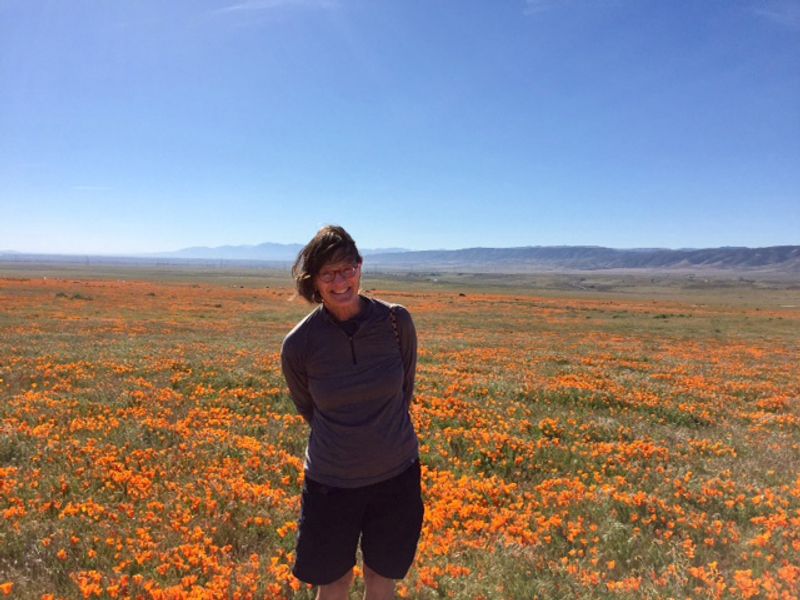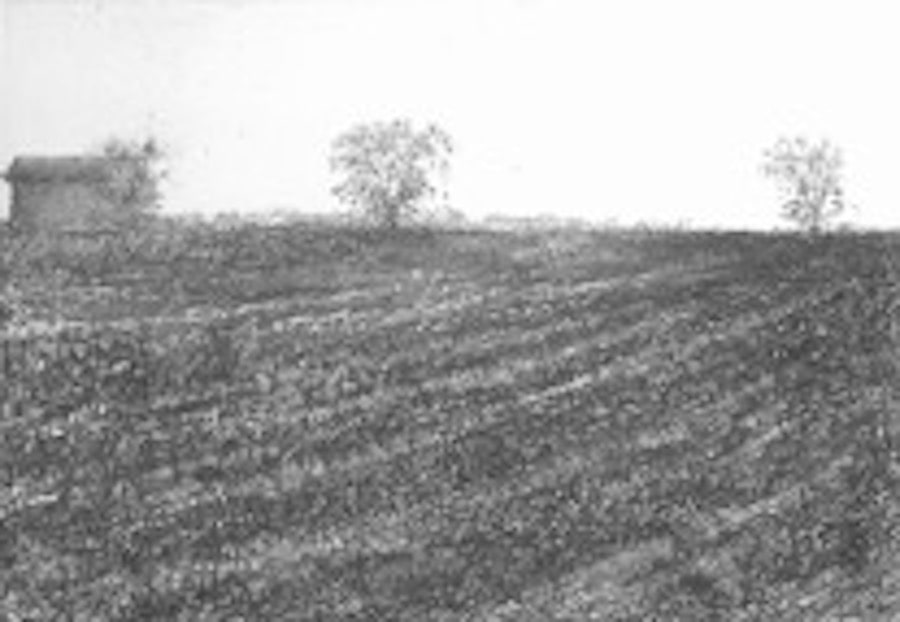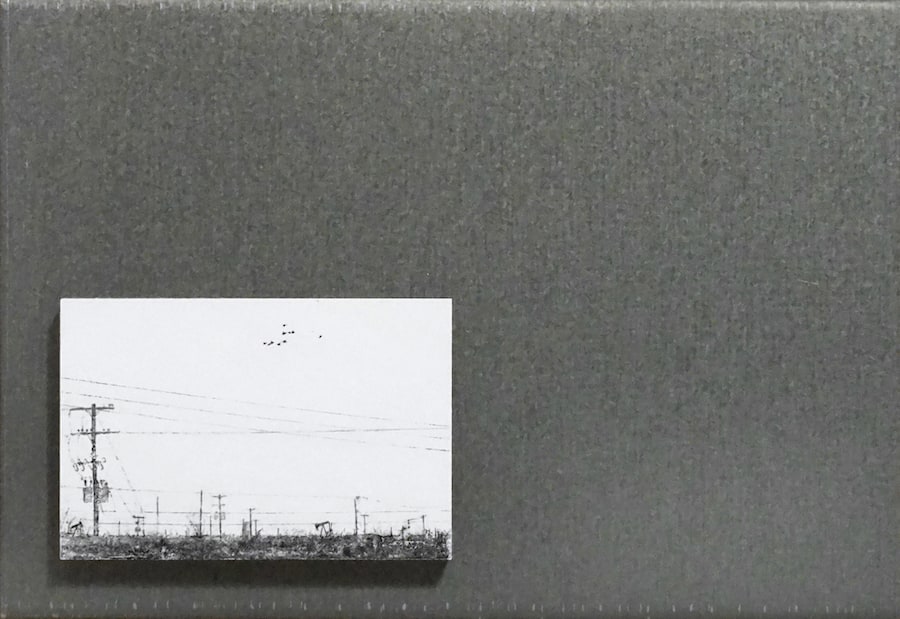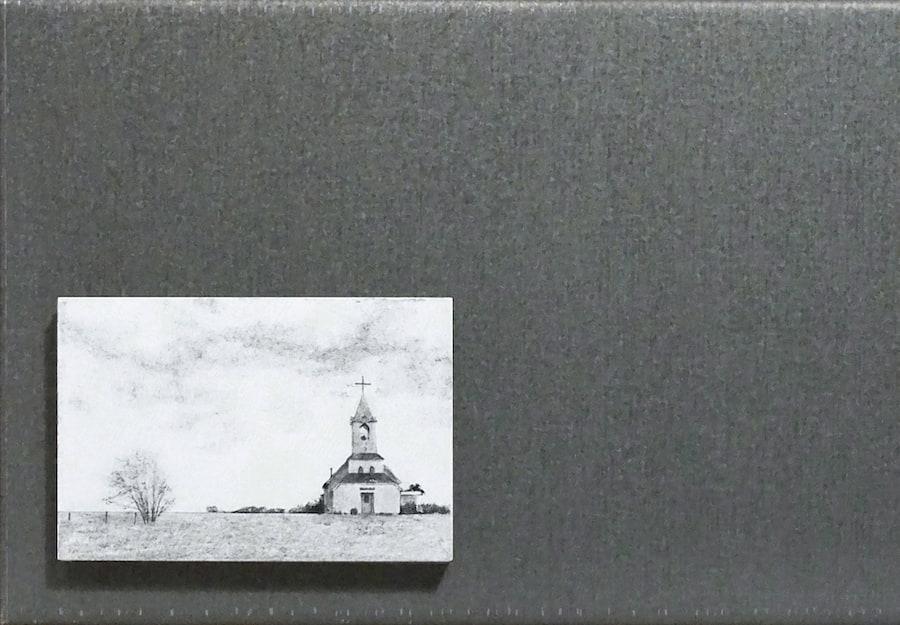Katie Maratta
Artist Statement
Keeping in mind that the art must stand on its own regardless of artist statements, I offer some context in which to think about my work, which depicts the landscapes of west Texas, amalgams of iconic elements of the Great Plains in black and white.
The most striking thing about this art is the format, four feet long but only one inch high, which has two immediate effects. The first is purely spatial: The literal picture plane is incredibly small, but the actual space it suggests is vast. That contradiction creates a pleasant tension. Big and small. The second is more observational: In the real world of giant wind turbines and silos and great expanses of grassland, the viewer is dwarfed. But that experience is neatly reversed in the gallery, where the viewer becomes the giant.
There is another reversal. The scale of these pieces evokes the experience of seeing the landscape as though from a moving car. That’s a passive experience. Inside the gallery, the viewer has no choice but to “travel” the piece in order to see the elements. The act of seeing echoes the act of driving through the landscape and it becomes a much more deliberate, more conscious, and, ultimately, a more satisfying act.
And these pieces work as subtle geometry lessons, too. The dead-straight, “x-axis” of the horizon is bisected by the vertical “y-axis” of the viewer, who is looking at circular hay bales, rectangular sheds and triangular roofs. It’s the basic geometry that we all learned in grade school; it is familiar and reassuring.
These visual dynamics work on me, too. I enjoy the suspense that these long narrative pieces provide and it all comes from the incredibly rich, yet understated visual experience of driving along those long lonely highways.










.jpg)



